When it comes to selecting a wallet, the material plays a pivotal role in its longevity, style, and overall quality. Among the various options available, leather stands out as a timeless and durable choice. However, not all leather is created equal. Understanding the different types of leather can greatly impact your wallet’s appearance, durability, and even its price. Let’s dive into this comprehensive guide to help you make an informed decision about the ideal leather type for your next wallet.
Understanding Leather Basics
Leather, in its essence, is a material crafted from animal hide. The term ‘genuine leather’ might sound promising, but it’s crucial to delve deeper into the hierarchy of leather grades:
1. Full Grain Leather
Full-grain leather is considered the highest quality and most desirable type of leather. It’s made from the top layer of the hide, commonly cowhide, sheepskin, or pigskin, and includes all of the grain, with the outermost layer left intact. This type of leather retains the natural grain and imperfections of the animal’s skin, making each piece unique.
Key characteristics of full-grain leather:
Natural Appearance: Full-grain leather showcases the natural markings, scars, and variations in the hide. These natural characteristics add to its beauty and authenticity.
Durability: It’s exceptionally durable and strong due to the presence of the entire grain. It’s more resistant to moisture and develops a beautiful patina over time, enhancing its appearance.
Breathability: Unlike some processed leathers, full-grain leather retains its breathability, allowing air circulation and making it comfortable to wear.
Aging Gracefully: With use and proper care, full-grain leather ages gracefully, developing a rich patina that enhances its character and uniqueness.
High Quality: This type of leather is often used in high-end leather goods due to its premium quality, strength, and luxurious appearance.
- Price: Typically more expensive due to its high quality and durability.
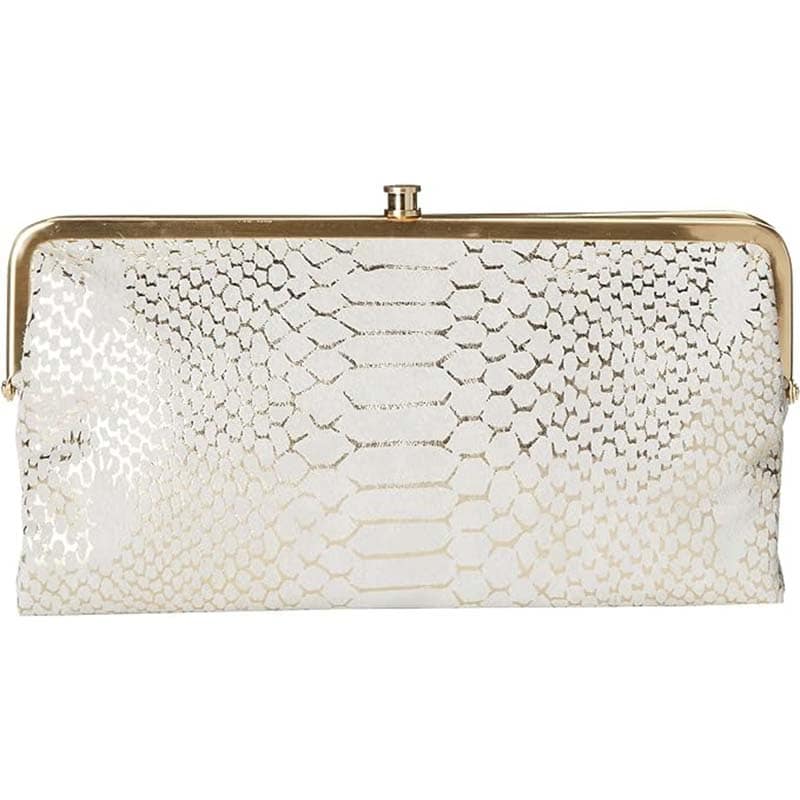
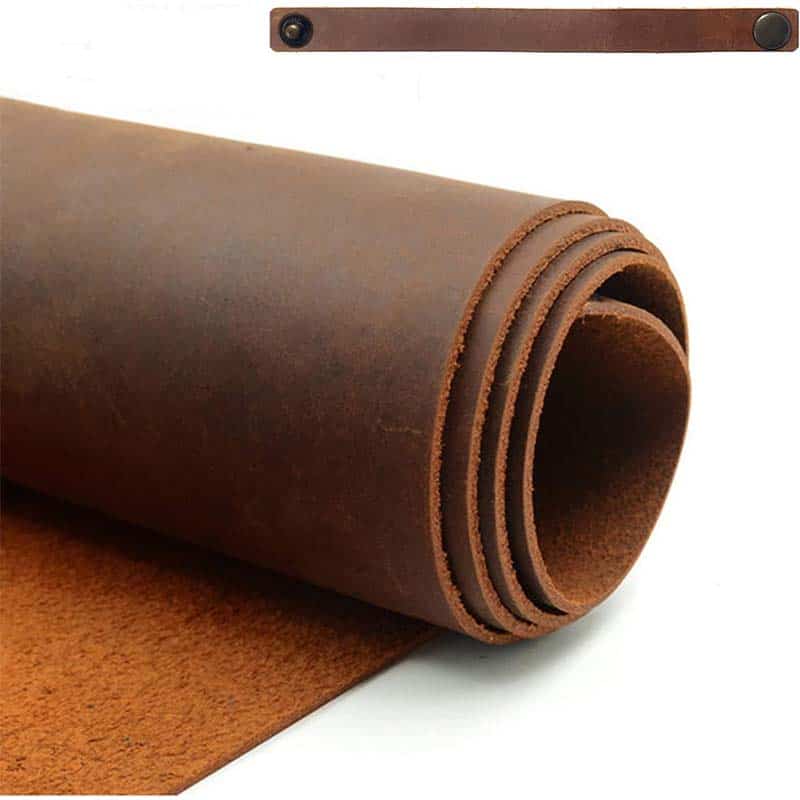
2. Top Grain Leather
Top grain leather is the second highest quality leather.
Top grain leather is a type of leather that has been buffed and polished to remove imperfections and give it a smoother, more even texture. This process also removes the natural grain and patina from the leather, making it less noticeable than full grain leather.
Here are some key features of top-grain leather:
Surface Treatment: Top-grain leather is derived from the outermost layer of the hide. This layer is sanded or buffed to remove imperfections, resulting in a smoother surface compared to full-grain leather.
Strength and Durability: It’s still strong and durable, although it might be slightly less robust than full-grain due to the removal of the outer layer. However, it remains a high-quality leather option.
Appearance: Top-grain leather often has a more uniform and consistent appearance compared to full-grain. Some variations maintain a natural look, while others may have an artificial grain embossed onto the surface for texture.
Softness and Flexibility: This type of leather tends to be softer and more pliable than full-grain, making it easier to work with during manufacturing and resulting in more comfortable leather goods.
- Price: The same is high-quality leather, the price is a little cheaper than full grain leather.


3. Genuine Leather
“Genuine leather” is a term often used to describe a type of leather, but it’s important to note that despite its name, it’s not necessarily an indicator of high quality.
Genuine leather refers to real leather, but it’s the lowest quality among the different types of leather. It’s made from the leftover or lower layers of the hide after the top layers have been used for higher-quality leather grades like full-grain or top-grain.
Here are some key points about genuine leather:
Quality: While it’s real leather, genuine leather is generally considered to be of lower quality compared to full-grain or top-grain leather due to its processing and the part of the hide it’s sourced from.
Appearance: Genuine leather might lack the natural characteristics, such as markings or grain patterns, found in higher-quality leathers. Often, it’s treated or coated to give it a more uniform appearance.
Durability: It’s less durable compared to higher-quality leathers and may not age as gracefully. Over time, genuine leather might show signs of wear and tear more readily.
Affordability: One of the advantages of genuine leather is its affordability. It’s more accessible and tends to be less expensive than higher-quality leathers.
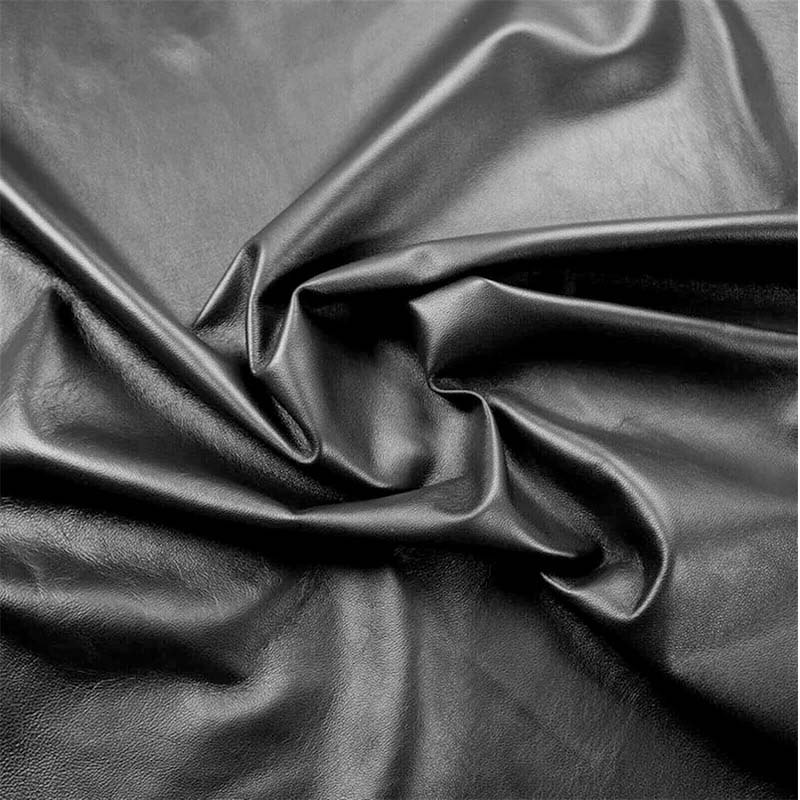
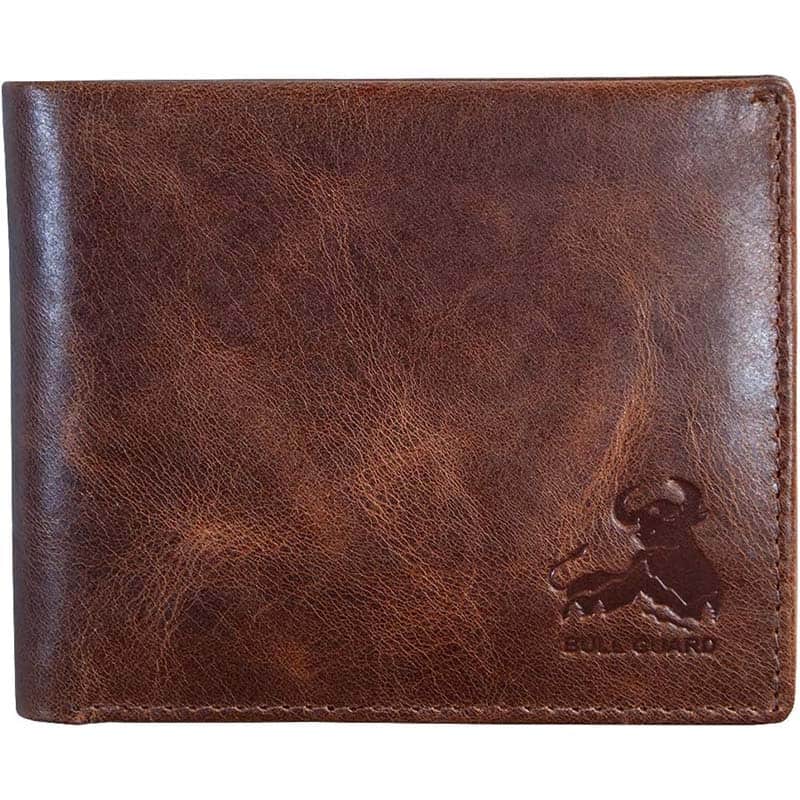
4. Suede
Suede is a type of leather made from the underside of an animal’s skin with a soft surface. Suede is usually made from lambskin, but is also made from other animals including goats, pigs, calves and deer. Suede leather is softer, thinner, and not as strong as traditional full-grain leather. It is prized for its unique texture and appearance.
Key Characteristics of Suede:
Texture: Suede has a soft, velvety texture that’s created by buffing or sanding the underside of the leather. This process raises small, short fibers, giving it its characteristic nap.
Appearance: It’s known for its luxurious and rich appearance. The nap can vary in length and density, affecting the overall feel and look of the suede.
Durability: While suede is soft and supple, it’s generally less durable than full-grain or top-grain leather because of its exposed fibers. It’s more prone to staining, water damage, and wear.
Versatility: Suede is often used in fashion for shoes, jackets, bags, and accessories due to its elegant appearance. It’s also used in interior design for upholstery and decorative purposes.
Care: Proper care is essential for maintaining suede. Regular brushing to maintain the nap, using suede brushes or erasers to remove stains, and applying protectants can help preserve its appearance.
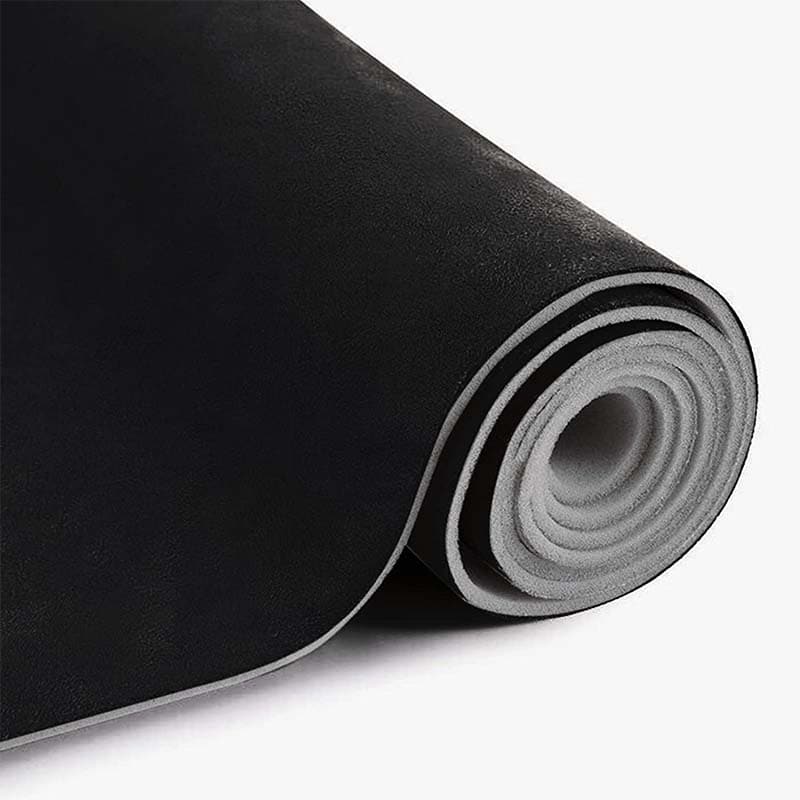
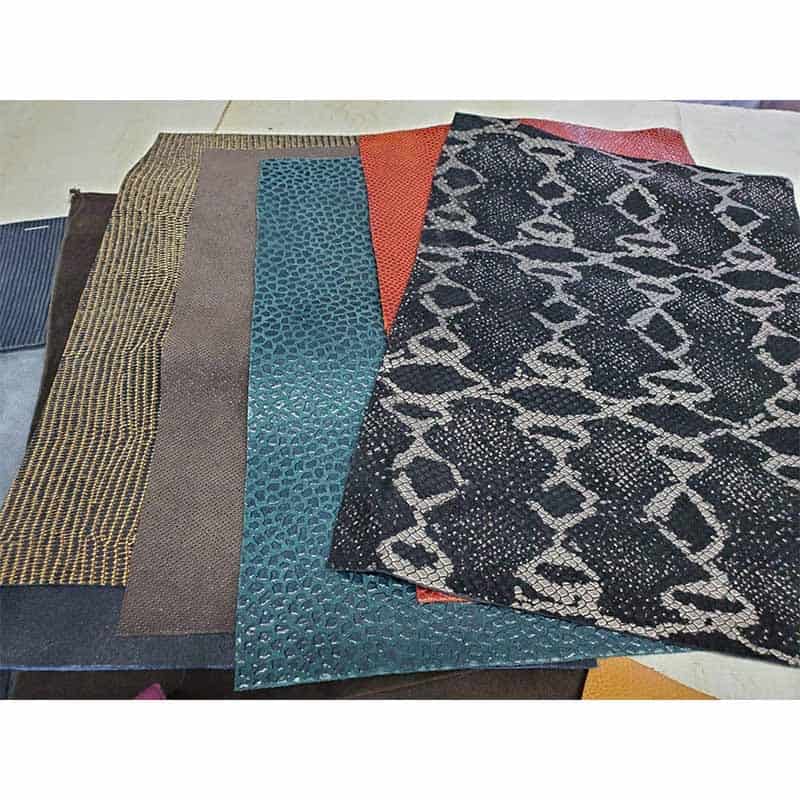
5. Exotic Leather
Exotic leathers refer to types of leather sourced from non-traditional or non-domesticated animals, offering unique textures, patterns, and qualities not commonly found in typical leather. These leathers come from animals such as:
Alligator and Crocodile: Known for their distinctive scale patterns and durability, these leathers are often used in high-end fashion items like handbags, wallets, and shoes due to their luxurious appearance.
Ostrich: Ostrich leather features natural quill or follicle patterns, making it visually striking. It’s soft, supple, and durable, used in luxury goods like bags and boots.
Python and Snake: Characterized by their intricate patterns, snake leathers are often used to create unique designs in fashion items like boots, belts, and handbags.
Stingray: Known for its small, pebbled texture, stingray leather is highly durable and is used in high-quality accessories like wallets and watch straps.
Exotic leathers are often associated with luxury due to their unique appearance, rarity, and higher cost compared to more common leathers like cowhide. However, there are ethical considerations regarding the sourcing and conservation of these animals, making the use of exotic leathers a subject of debate and regulation in many regions.


6. Crazy Horse Leather
Crazy Horse Leather is a unique type of leather that undoubtedly stands out from the rest, it gets its name from the leather used to make horse saddles, also known as saddle leather.
What is Crazy Horse Leather?Crazy Horse Leather is actually made from the highest quality full grain cowhide that guarantees its durability.
Key characteristics of crazy horse leather:
Appearance: It has a rugged, vintage, and weathered appearance that distinguishes it. The leather is treated with special waxes and oils during production. When rubbed or scratched, it develops a unique patina that gives it a two-tone or distressed look, adding to its character over time.
Durability: Crazy horse leather is highly durable and known for its strength. Its thickness and wax/oil treatment contribute to its ability to withstand wear and tear.
Scratch Resistance: The wax/oil treatment provides some resistance to scratches and marks. While it won’t prevent all marks, it can help minimize their appearance.
Maintenance: Regular conditioning can help maintain its appearance, but it generally requires less maintenance compared to some other leathers.
Variations: Each piece of crazy horse leather can have its own unique look and variations in color tone due to the wax and oil treatment.

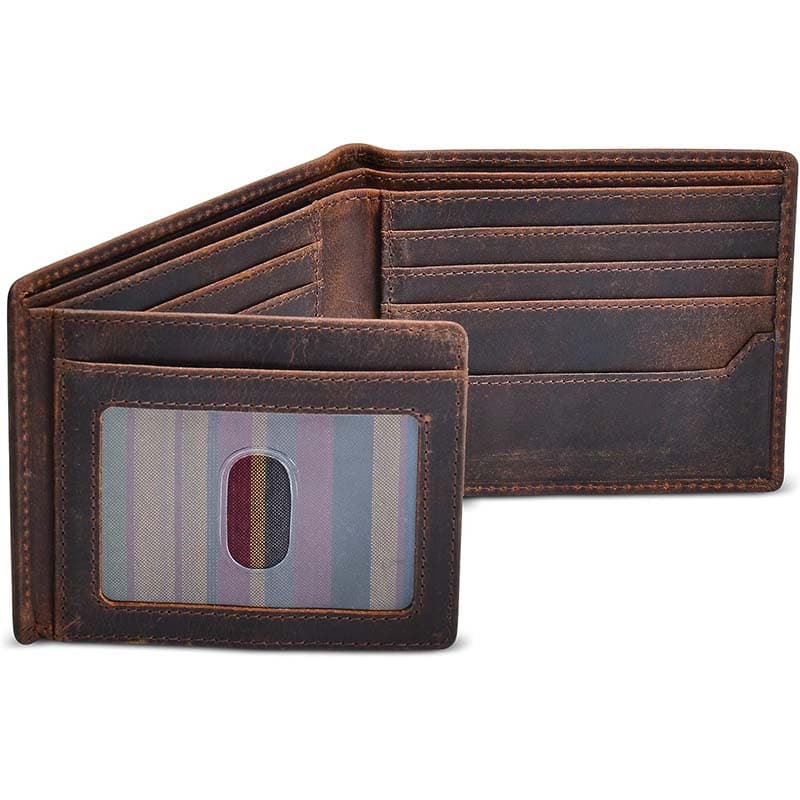
7. Vegetable-Tanned Leather
Vegetable-tanned leather is a traditional method of tanning leather using natural materials derived from plants. The first layer of leather tanned with vegetable tanning agents extracted from plants is called vegetable-tanned leather, usually cowhide.
Unlike chrome-tanning, which is the more common and faster method, vegetable tanning is a slower process that involves using tannins found in tree bark, leaves, and other plant sources.
Key features of vegetable-tanned leather:
Natural Process: Vegetable tanning uses organic materials, such as oak, chestnut, or quebracho tree bark, to tan the leather. This natural process is more environmentally friendly compared to chrome tanning, which uses chemicals.
Appearance: It typically has a natural, earthy color that ranges from light tan to deep brown. Over time, with exposure to sunlight and use, vegetable-tanned leather can develop a rich patina that adds to its character.
Durability: Vegetable-tanned leather is known for its strength and durability. It tends to be firm and sturdy, making it suitable for various leather goods like belts, saddles, and holsters.
Customizability: This type of leather is ideal for artisans and craftsmen because it can be easily dyed, tooled, or stamped to create intricate designs and patterns.
Aging Process: Vegetable-tanned leather ages gracefully, developing a unique look and feel as it absorbs oils and changes color over time.

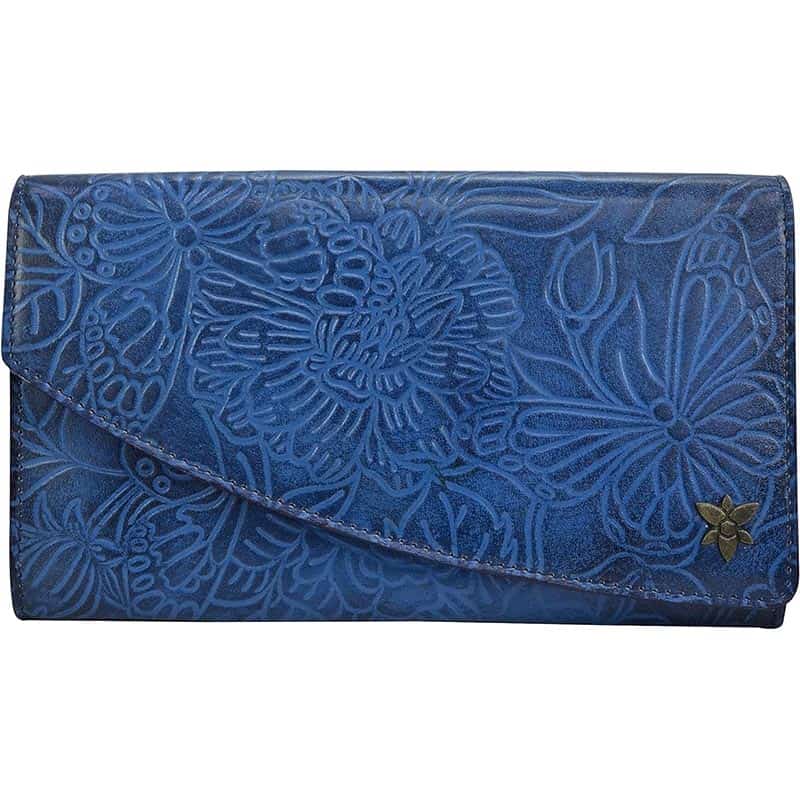
8. PU leather
PU leather, short for polyurethane leather, is a synthetic alternative to genuine leather. It’s designed to simulate the appearance and texture of real leather while being more affordable and easier to produce.
Key features of PU leather:
Composition: PU leather is made by applying a layer of polyurethane to a base material, often fabric or split leather (the fibrous part of the hide left after the top-grain is removed). This layer is then embossed to mimic the texture of genuine leather.
Appearance: It’s created to resemble the look of real leather, including variations in color and texture. Manufacturers can produce different finishes, from a smooth surface to textured or grain-like patterns.
Affordability: PU leather is generally more cost-effective than genuine leather, making it a popular choice for those seeking a leather-like appearance at a lower price point.
Durability: While it’s not as durable as genuine leather, PU leather can be more resistant to fading, cracking, and peeling. However, its lifespan might not be as long as that of real leather.
Maintenance: It’s relatively easy to clean and maintain, often requiring simple wiping with a damp cloth.
Environmental Impact: PU leather is a synthetic material and doesn’t involve the use of animal hides. However, its production involves chemicals and plastics, which can have environmental implications.
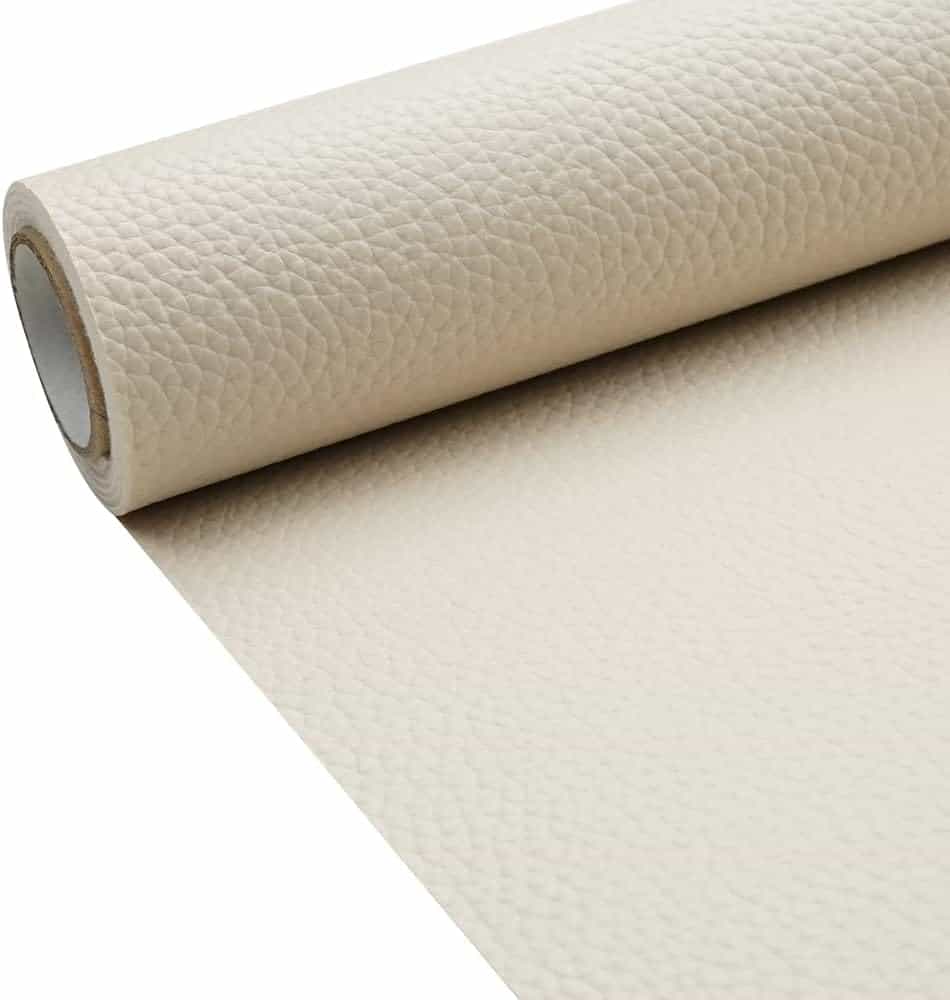
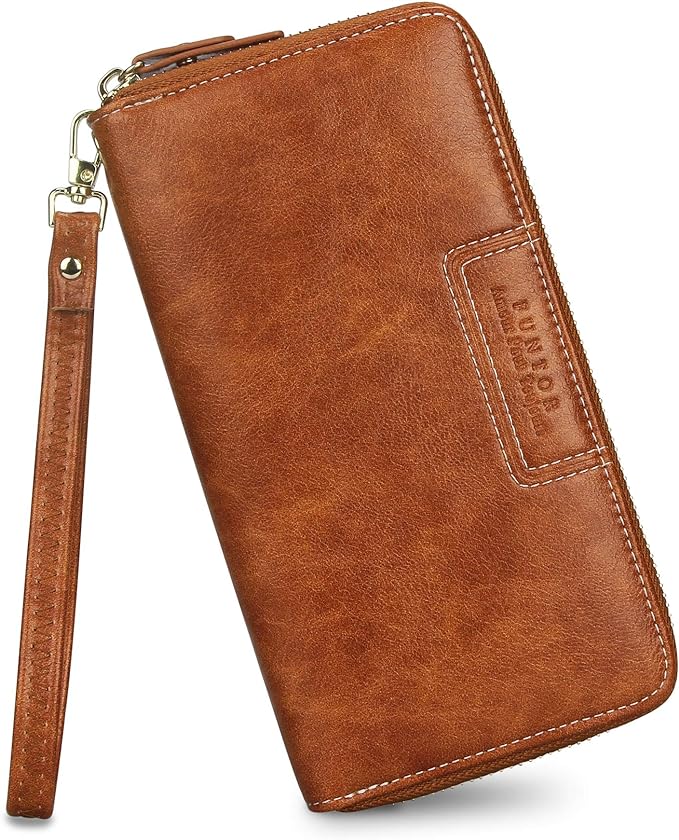
Conclusion
Choosing the right leather type for your wallet involves a balance between durability, style, and budget. By understanding the characteristics of each type, you can confidently select a wallet that suits your needs and preferences.
Explore various leather options, weigh their pros and cons, and make an investment that not only serves its purpose but also ages gracefully, becoming an extension of your style and personality.
We are a leading leather wallet manufacturer in China, focused on producing high quality leather bags over 15 years. If you want to find a reliable leather wallet supplier please contact us!


